.webp)
© History Oasis
Great companies rise and fall on leadership decisions. Here are a bunch of CEOs who shaped the brands you know, told through what actually happened during their time in charge.
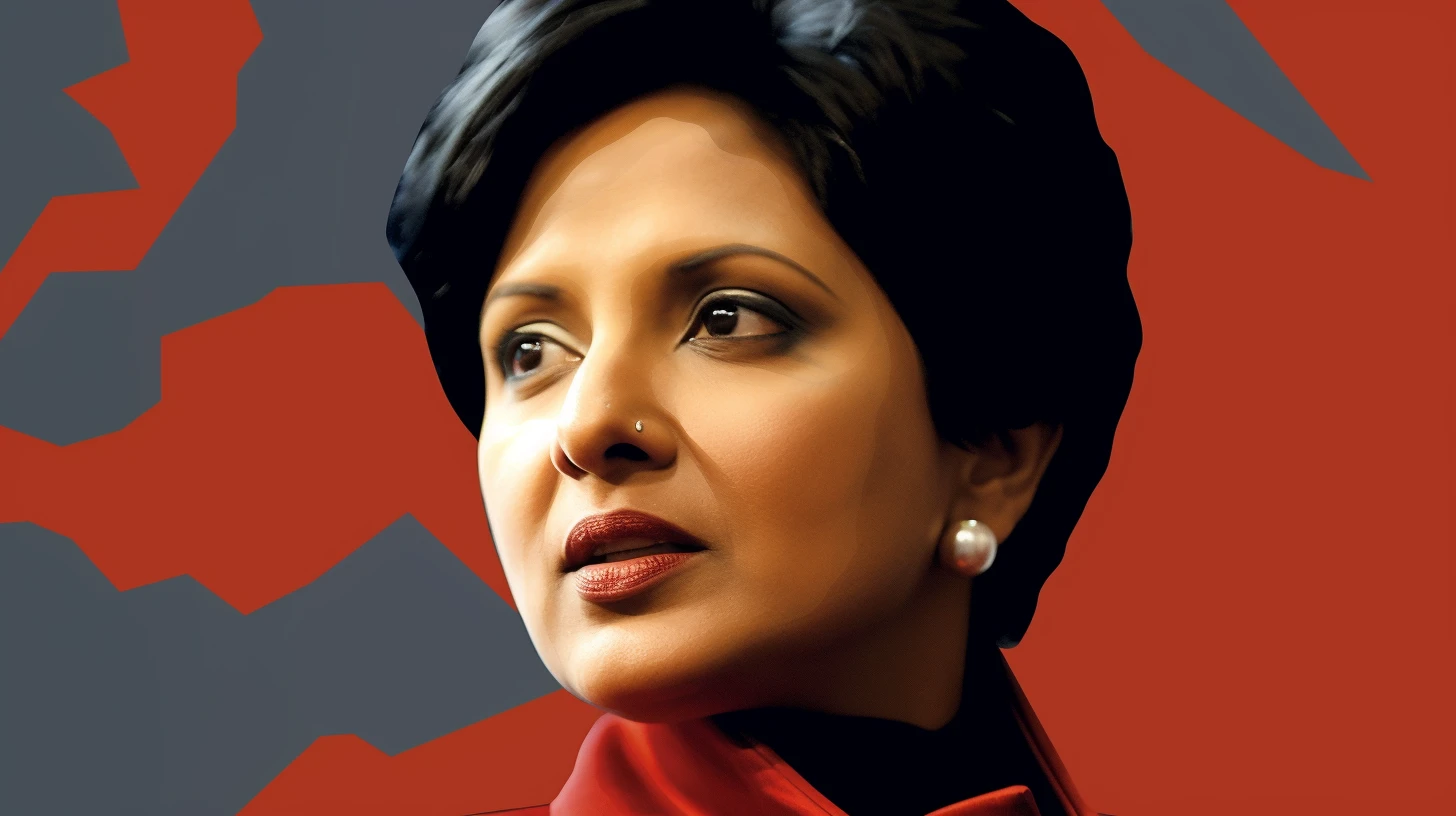
CEO of PepsiCo (2006-2018)
Revenue climbed from $35 billion to $63.5 billion during Indra Nooyi's twelve years at the helm. She pushed hard for healthier products and floated the idea of dropping the Pepsi name entirely. But the health initiative never stuck and faded without transforming the business.

CEO of Nike (1964-2004)
Phil Knight sold Japanese running shoes from his car trunk at track meets. The business model was simple: quality shoes from Asian factories could undercut German brands on price. He paid a student $35 for the Swoosh logo. Forty years later, labor investigations exposed systematic abuse in his contract factories.
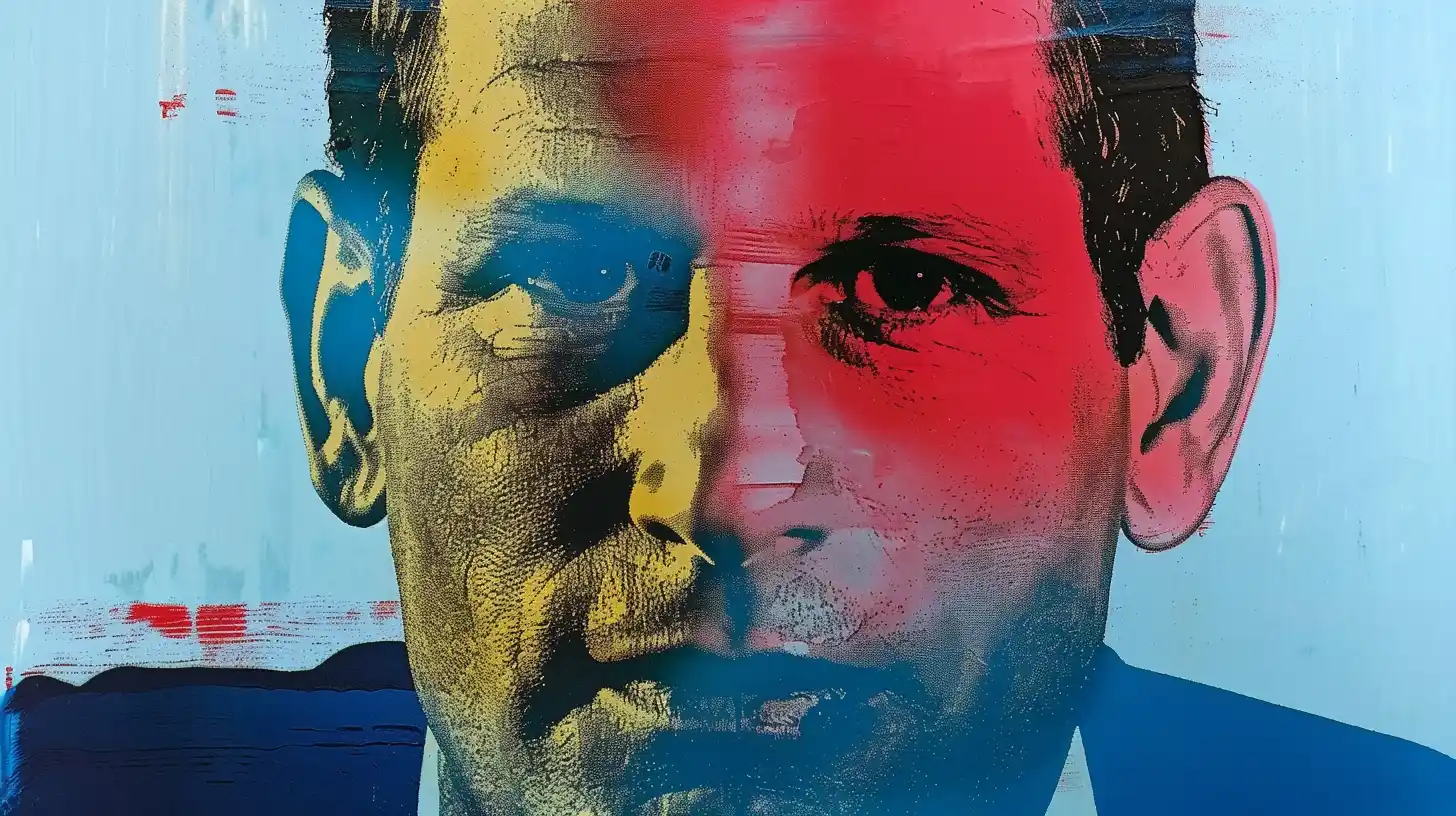
CEO of Honeywell (2002-2017)
David Cote bought over 80 companies in fifteen years as Honeywell's. Revenue grew from $24 billion to $40 billion.
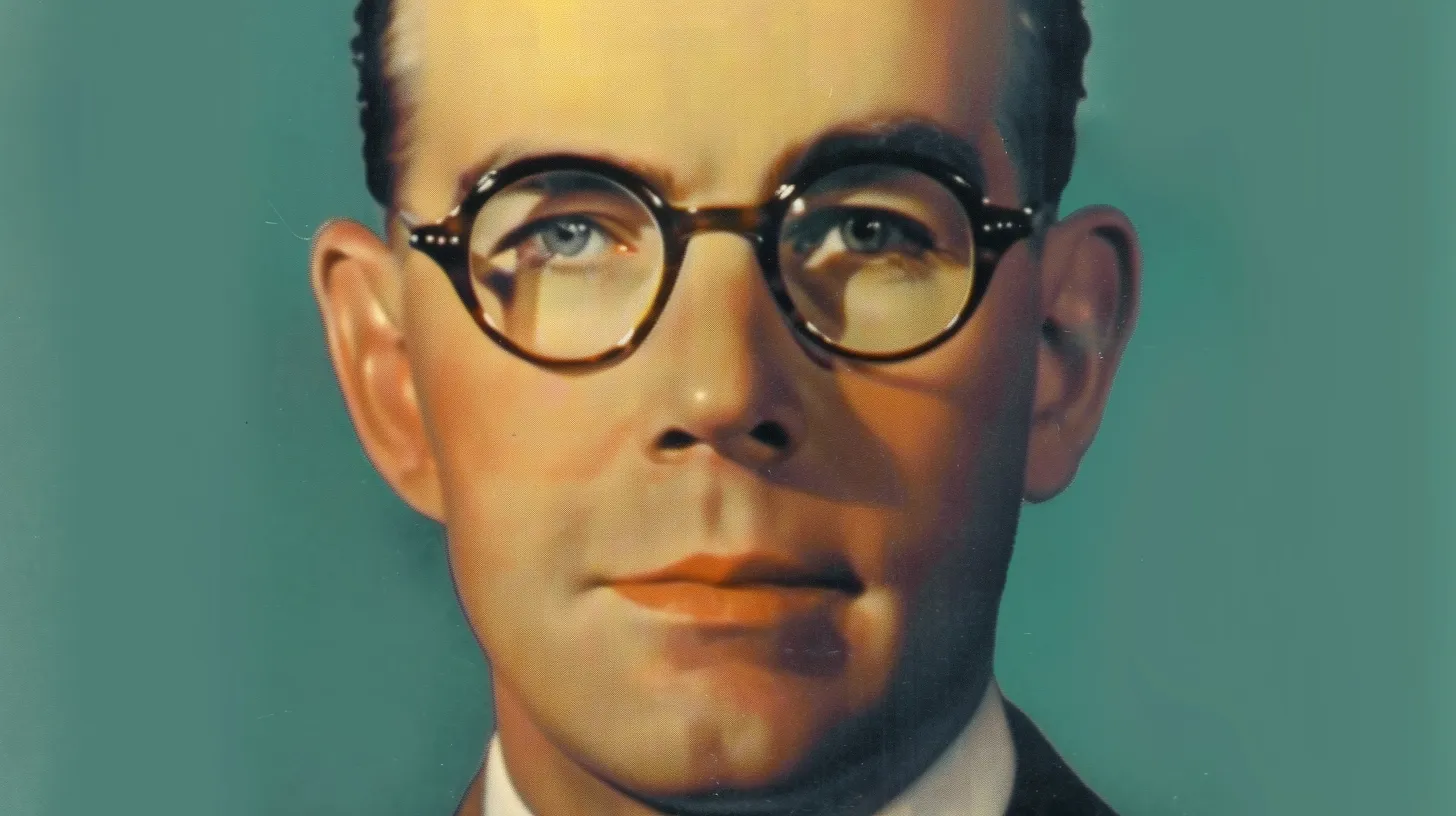
CEO of 3M (1929-1966)
A struggling sandpaper company became a diversified corporation under William McKnight's nearly four decades of leadership. He encouraged experimentation. That culture produced Scotch Tape in 1930 and later Post-it Notes. His refusal to fund pollution controls created environmental damage that cost billions to fix.

CEO of LEGO (2004-2017)
LEGO was weeks from bankruptcy when Knudstorp took over at 35. He cut product lines, refocused on brick sets, and reversed losses within two years. Revenue grew 600% by 2016. The clothing line, he later admitted, had stretched the brand too thin.
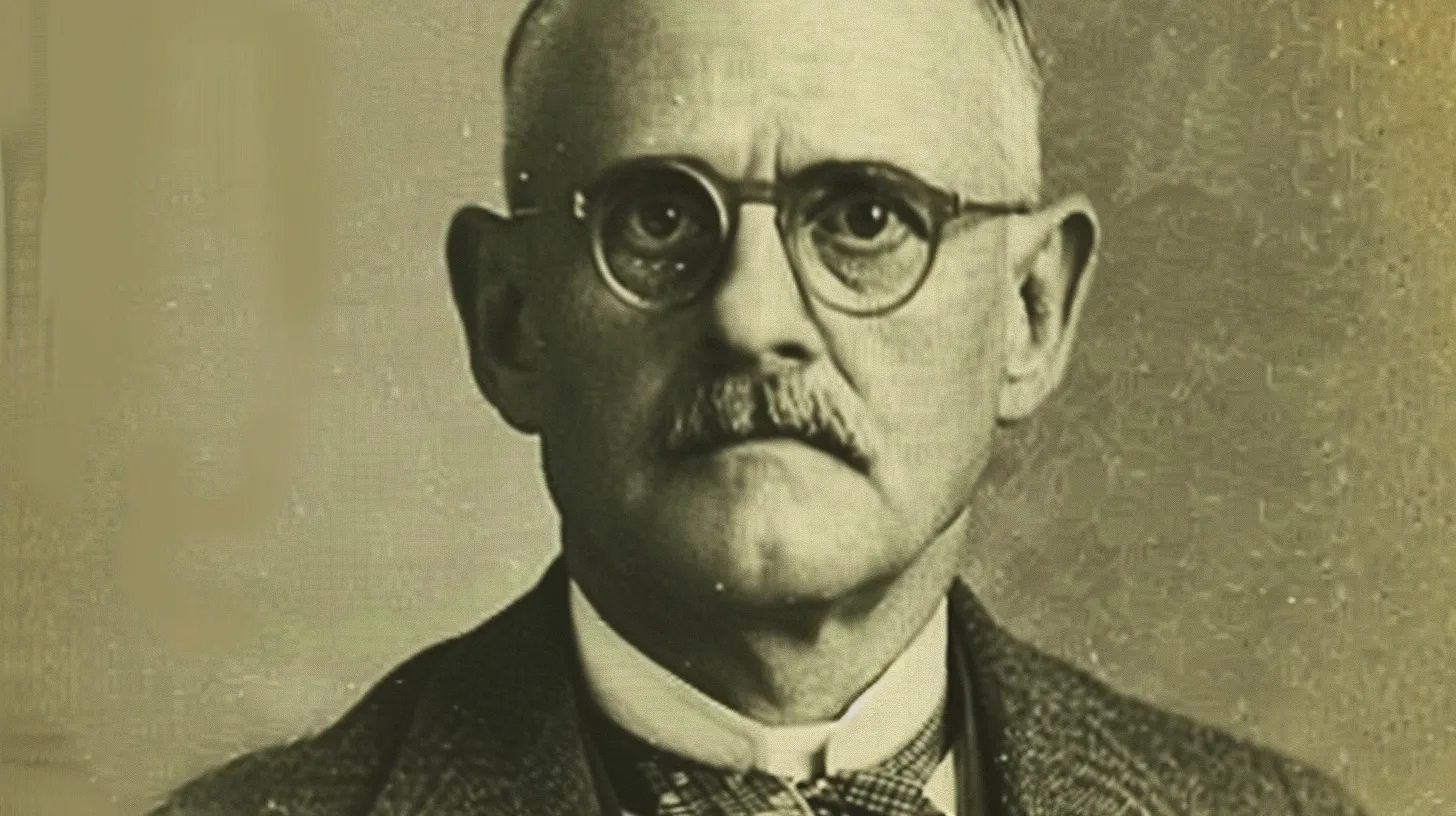
CEO of Kellogg (1906-1946)
Will Keith Kellogg invented corn flakes in 1898 while working at a sanitarium. He spent the next forty years building a cereal empire through aggressive advertising while competitors stayed cautious. The foundation he established in 1930 still operates today.
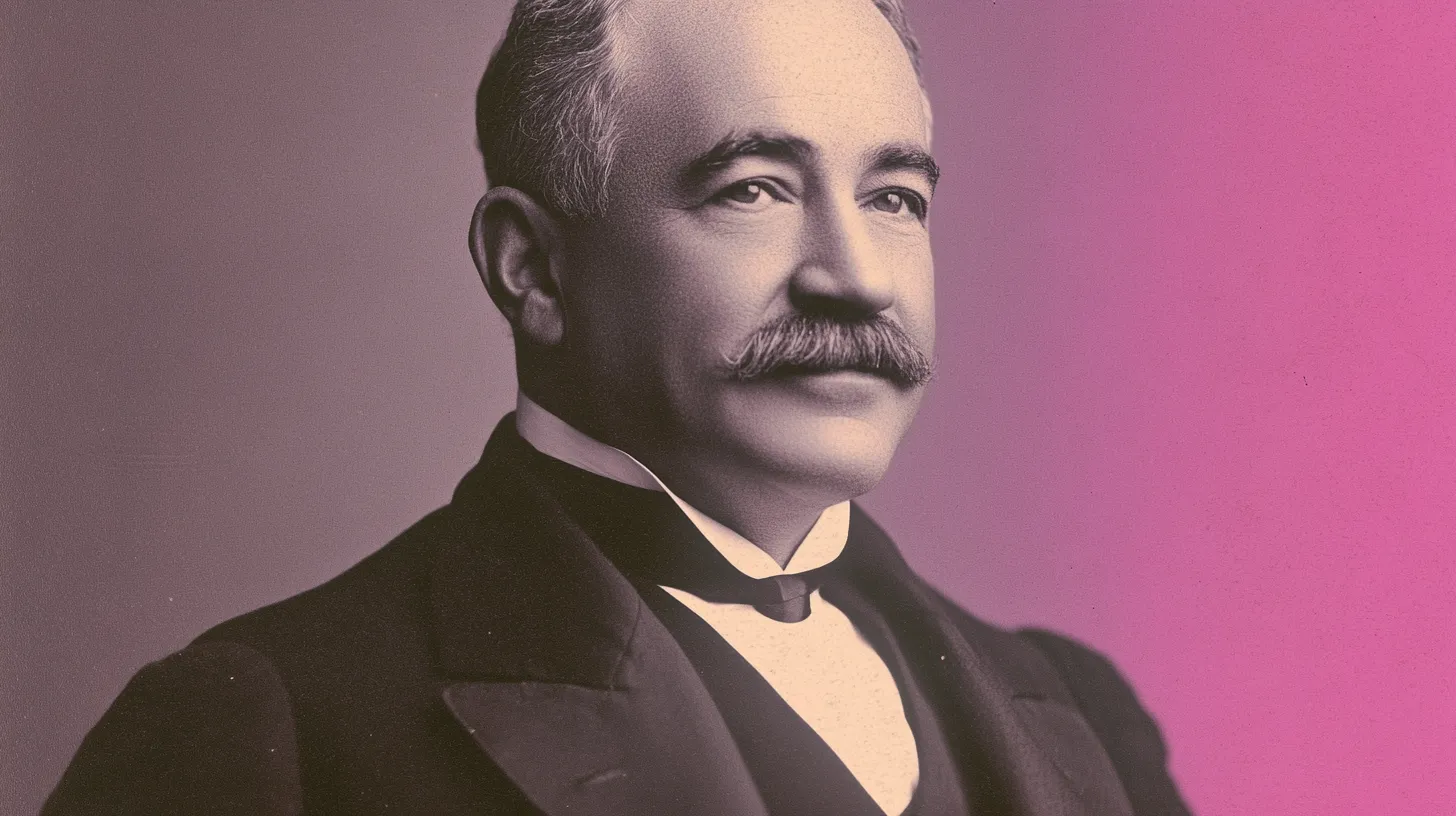
CEO of Hershey (1903-1945)
Milton Hershey sold his caramel business for $1 million in 1900. Hershey then put everything he had into chocolate. The first milk chocolate bar was launched that year. He built a factory, then a town around it. In 1918, he transferred company control to a trust fund for his orphan school.

CEO of Kimberly-Clark (1971-1991)
The stock had underperformed the market by 36% when Darwin Smith took over in 1971. He sold every traditional paper mill, including the original Wisconsin plant. Everything went into consumer products like Kleenex and Huggies. By 1991, the company dominated the global market.
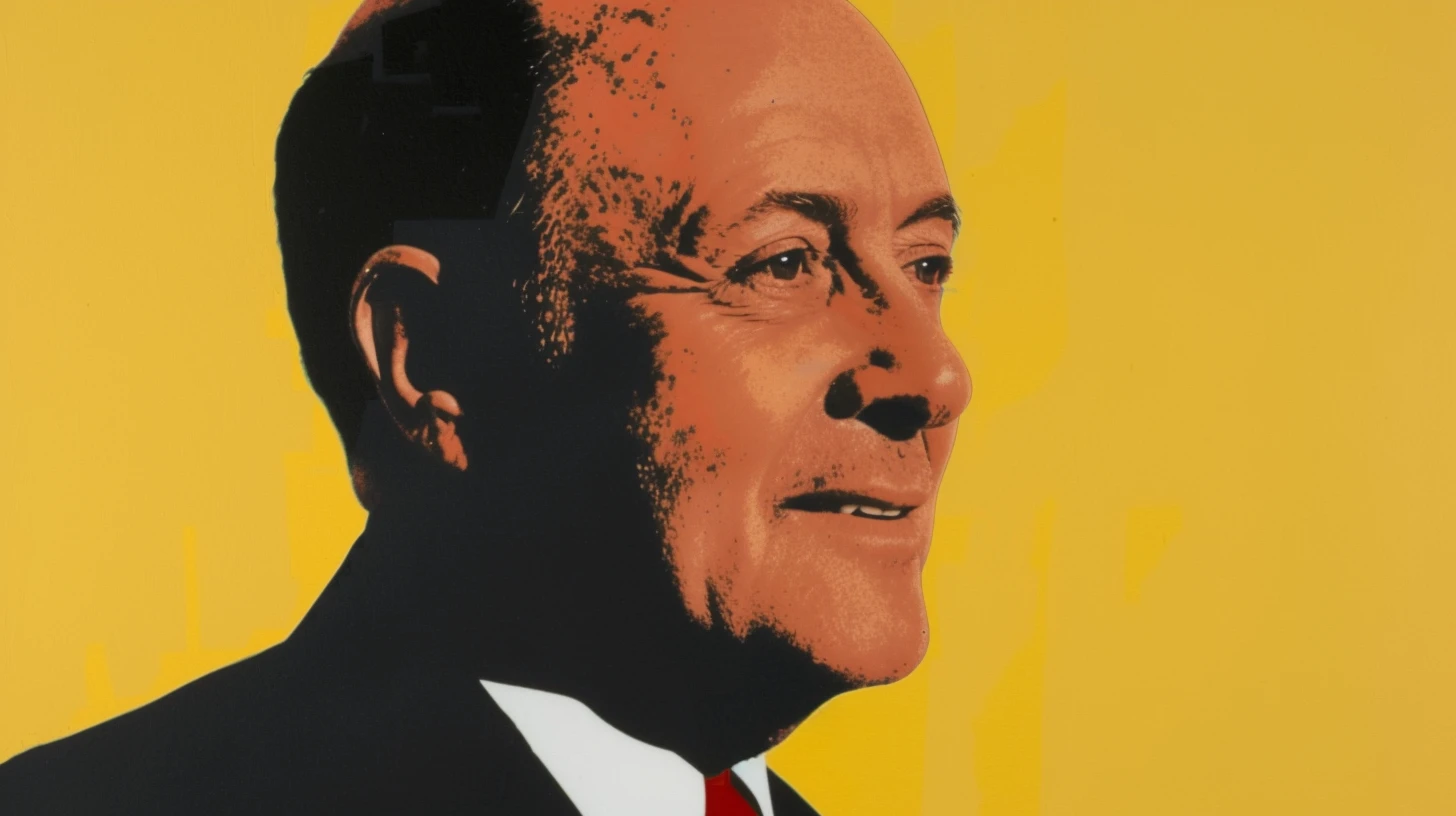
CEO of Tyson Foods (1967-1995)
A train accident killed both of Don Tyson's parents in 1967. Tyson inherited a $51 million regional chicken company and built it into a $10 billion empire. He developed specialized chicken breeds for McDonald's McNuggets. The hostile 1989 takeover of Holly Farms made Tyson the world's largest poultry producer.
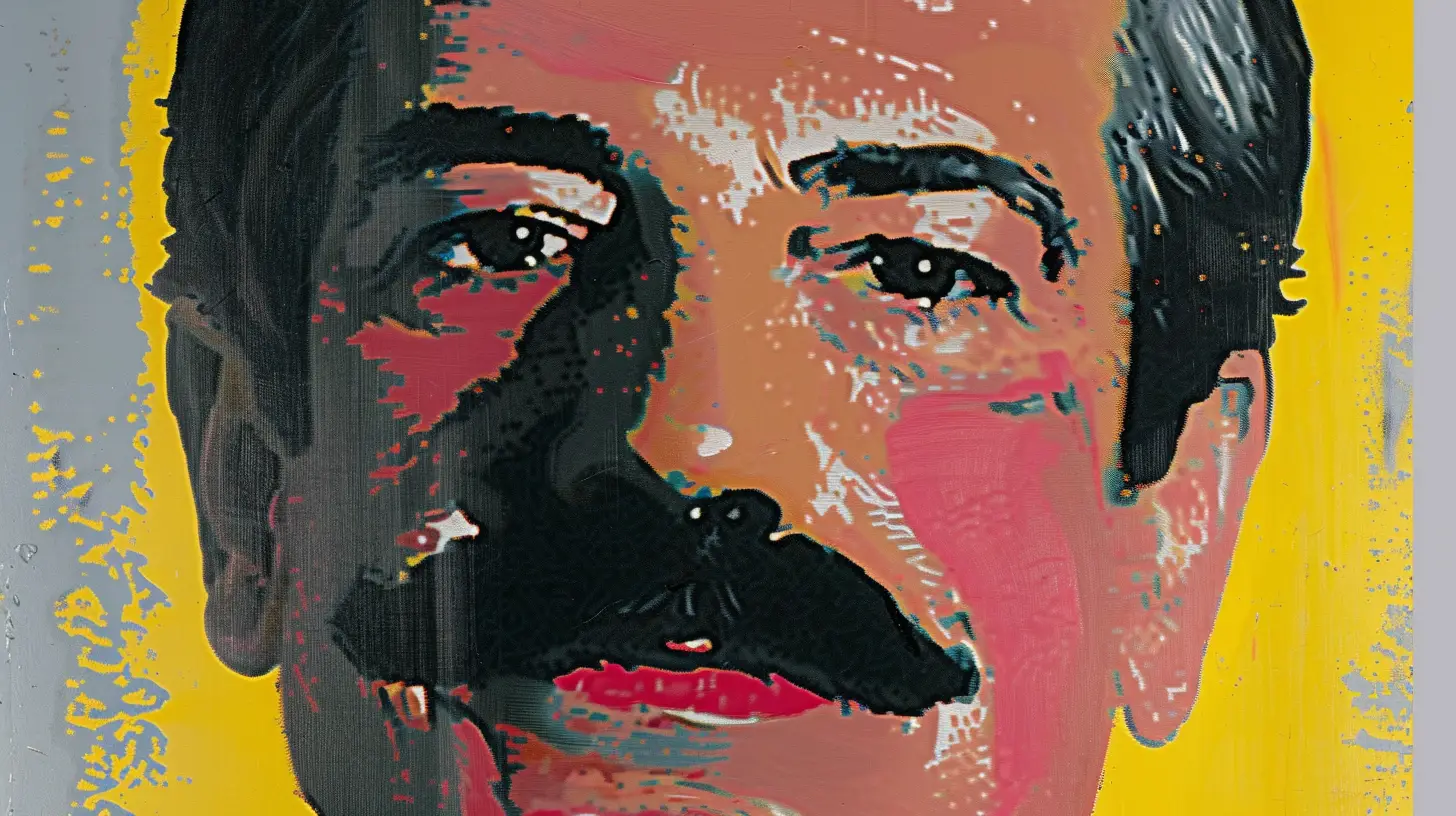
CEO of General Mills (1995-2007)
Growth hit 6% annually under Stephen Sanger, double the industry standard. Blue diamond marshmallows in Lucky Charms boosted sales 15%. General Mills overtook Kellogg's century-long lead in cereal.
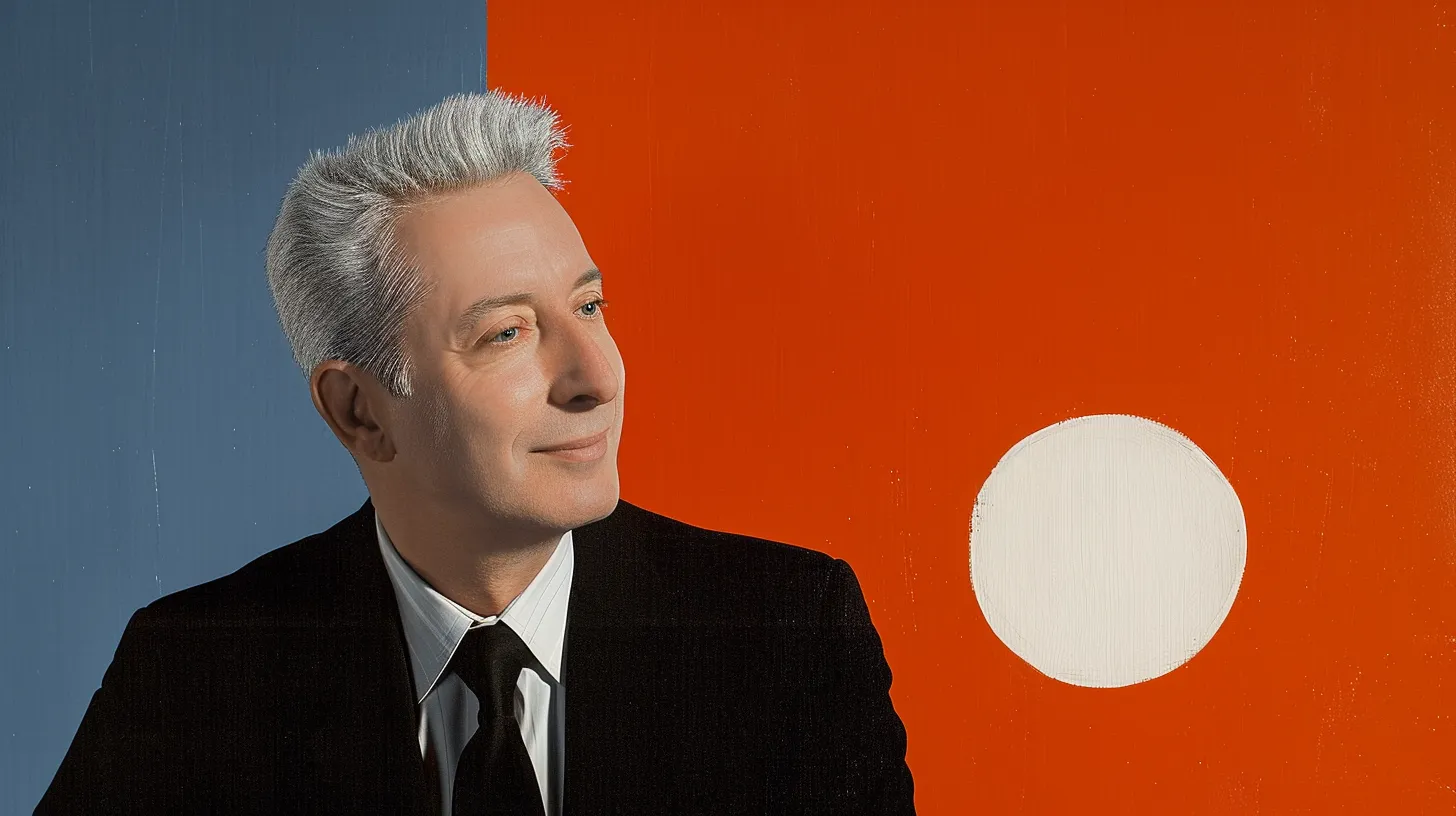
CEO of Procter & Gamble (2000-2009, 2013-2015)
The stock had collapsed 48% when A.G. Lafley took over in 2000. He rebuilt around "Consumer is Boss" and restored profits. His successor struggled. The board brought Lafley back in 2013, a rare admission of error.

CEO of Sony (1971-1989)
Akio Morita obsessed over presentation. He once made employees wear larger-pocketed shirts to make transistor radios look pocket-sized. The Walkman started with a 1978 request for a portable cassette player. Engineers resisted a player without recording. Morita pushed it through anyway.
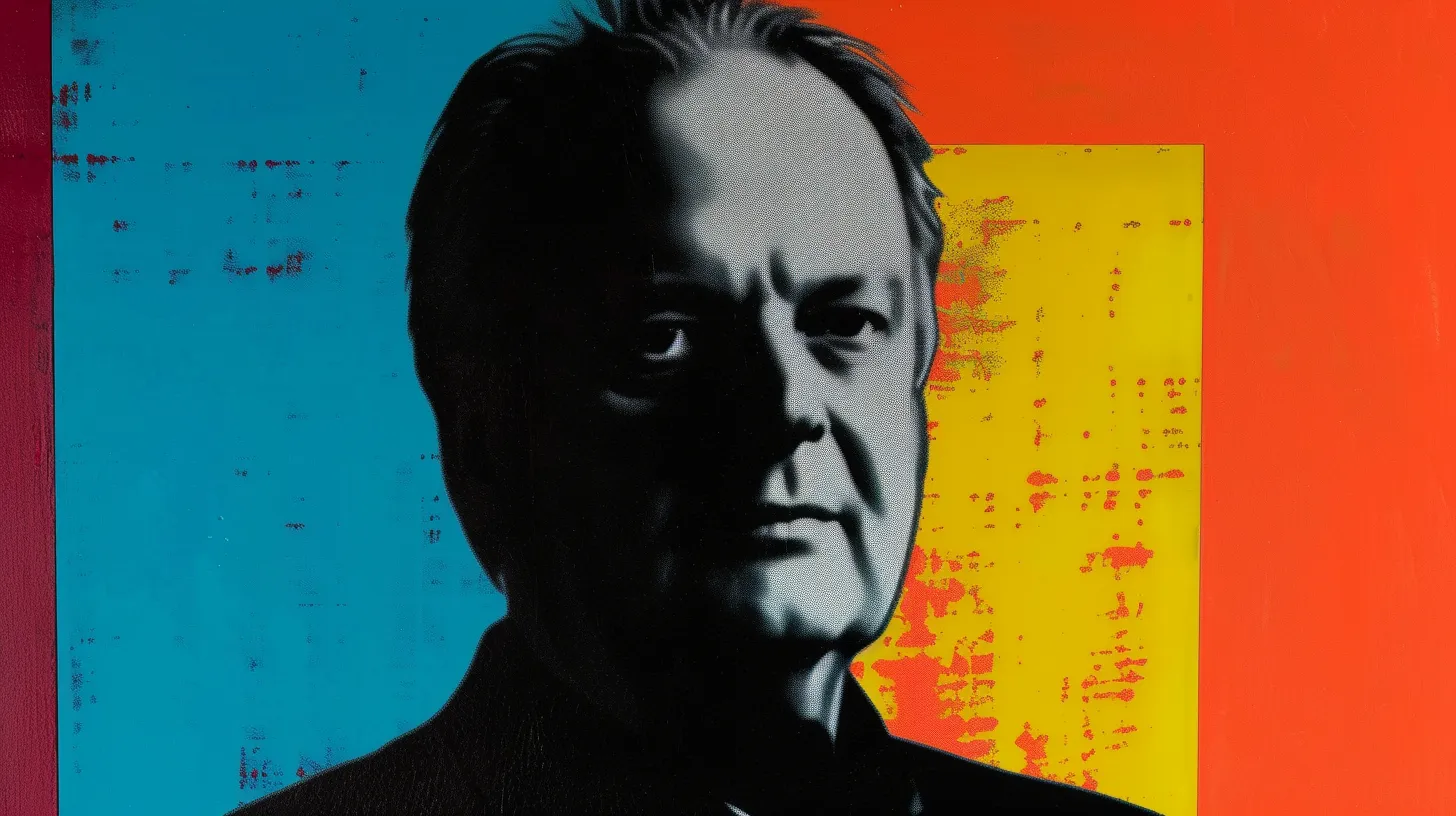
CEO of Unilever (2009-2019)
Quarterly earnings reports died in Paul Polman's first month. The stock dropped 8%. He rebuilt around sustainability while delivering 290% returns over ten years. By 2013, investors questioned his priorities after missing sales targets six of eight quarters.

CEO of Mars Inc. (1964-1973)
A bitter fight with his father over international expansion preceded Mars's nine years running the company. He introduced Peanut M&M's despite being allergic to peanuts. The press ban was absolute. Colleagues called him brilliant but difficult.

CEO of Lacoste (1933-1963)
Lacoste was launched in 1933 with partner André Gillier. Tennis shirts with the iconic crocodile logo were introduced, a design René Lacoste created in 1929. Thirty years later, he handed control to his son Bernard.
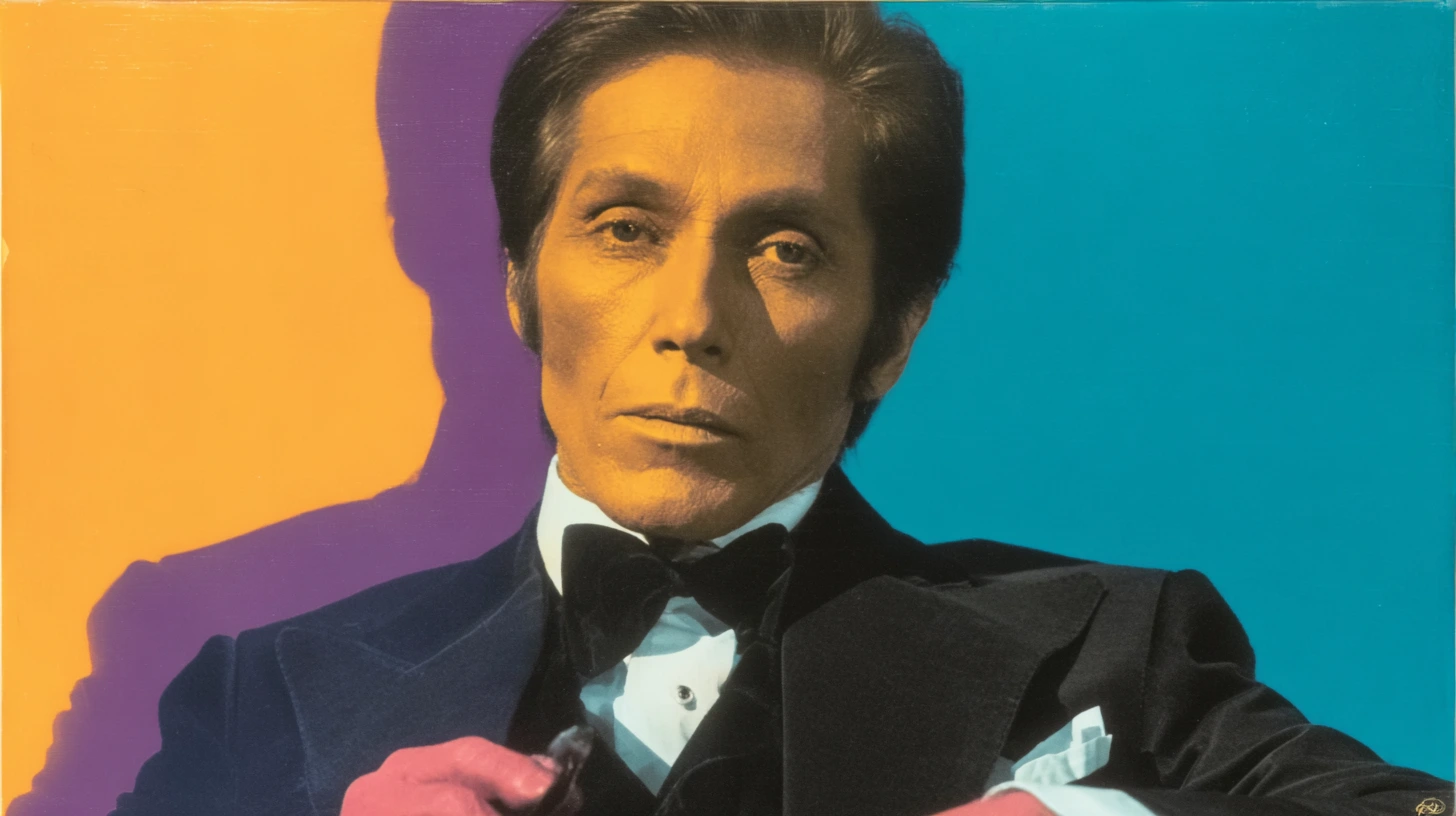
CEO of Valentino (1960-2007)
The Rome fashion house opened in 1960 with backing from his father and partner Giancarlo Giammetti. Red evening wear and haute couture built the brand. Jacqueline Kennedy ordered six dresses in 1964 for her mourning year. That order made Valentino Garavani's reputation in America.
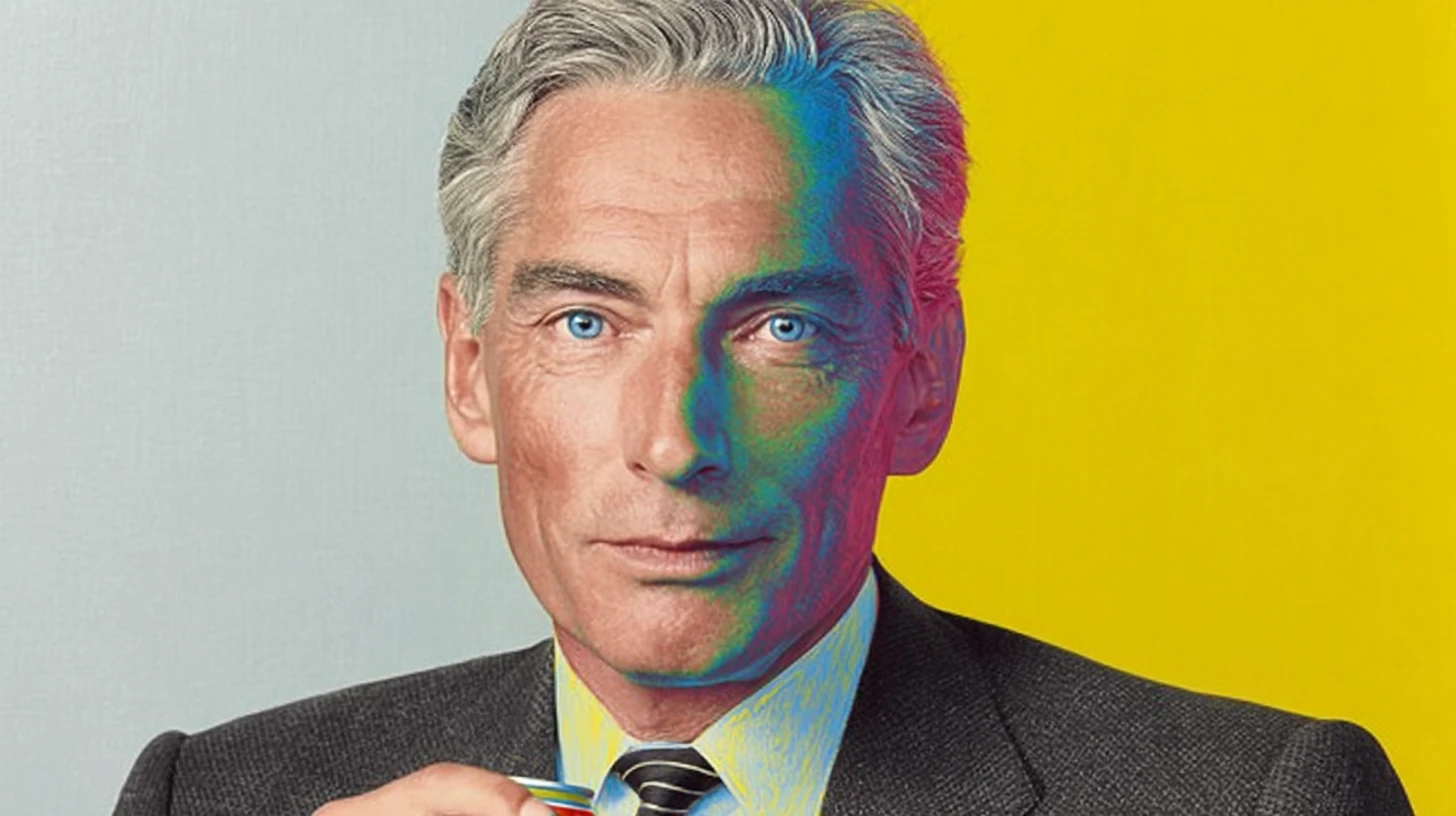
CEO of Nestlé (1997-2008)
Eleven years at the top of Nestlé followed three decades climbing from salesman. A 2005 documentary sparked controversy when Peter Brabeck-Letmathe questioned whether water should be a human right. Social media erupted. He clarified: 25 liters daily for drinking and hygiene is a human right.